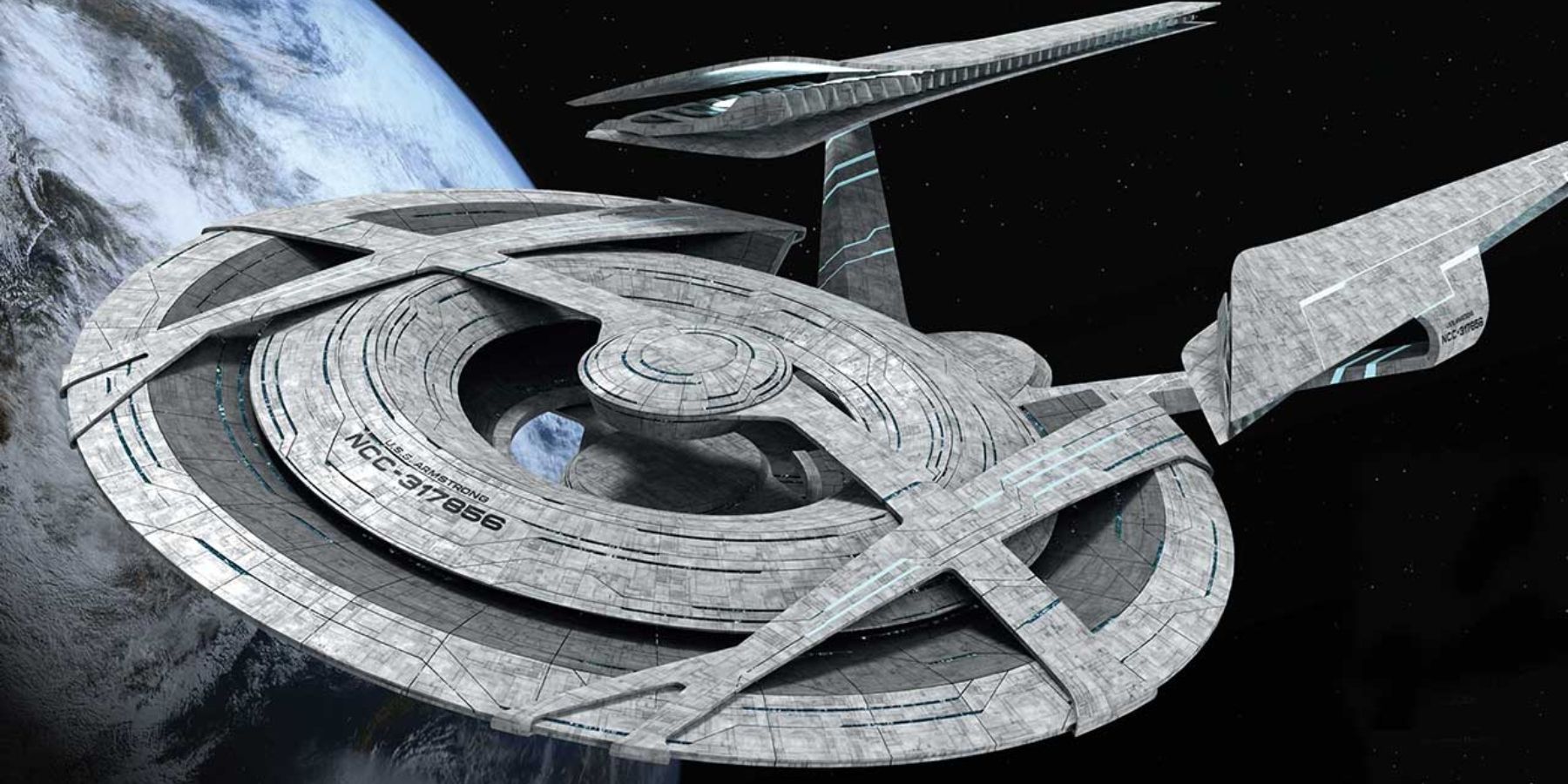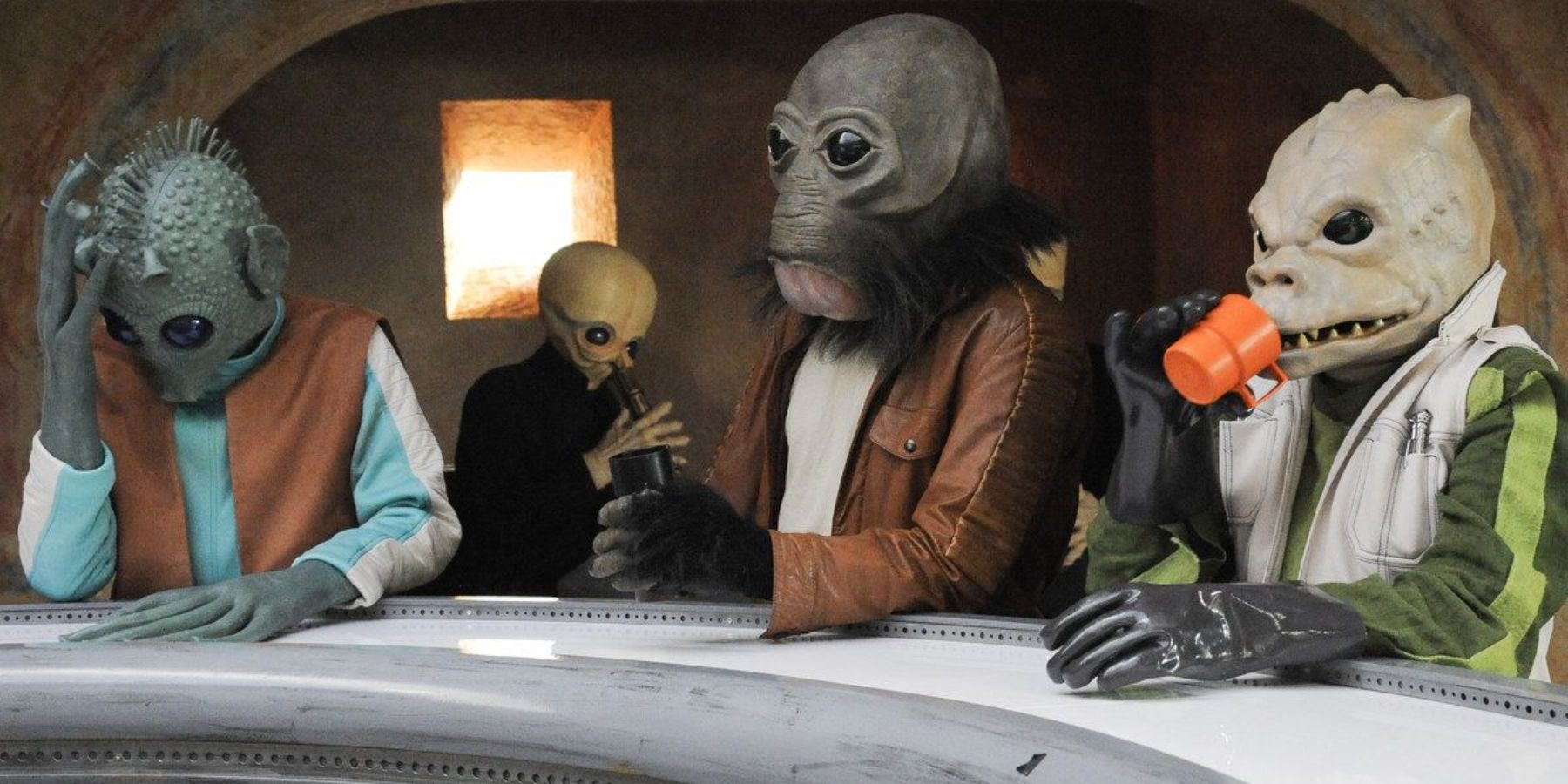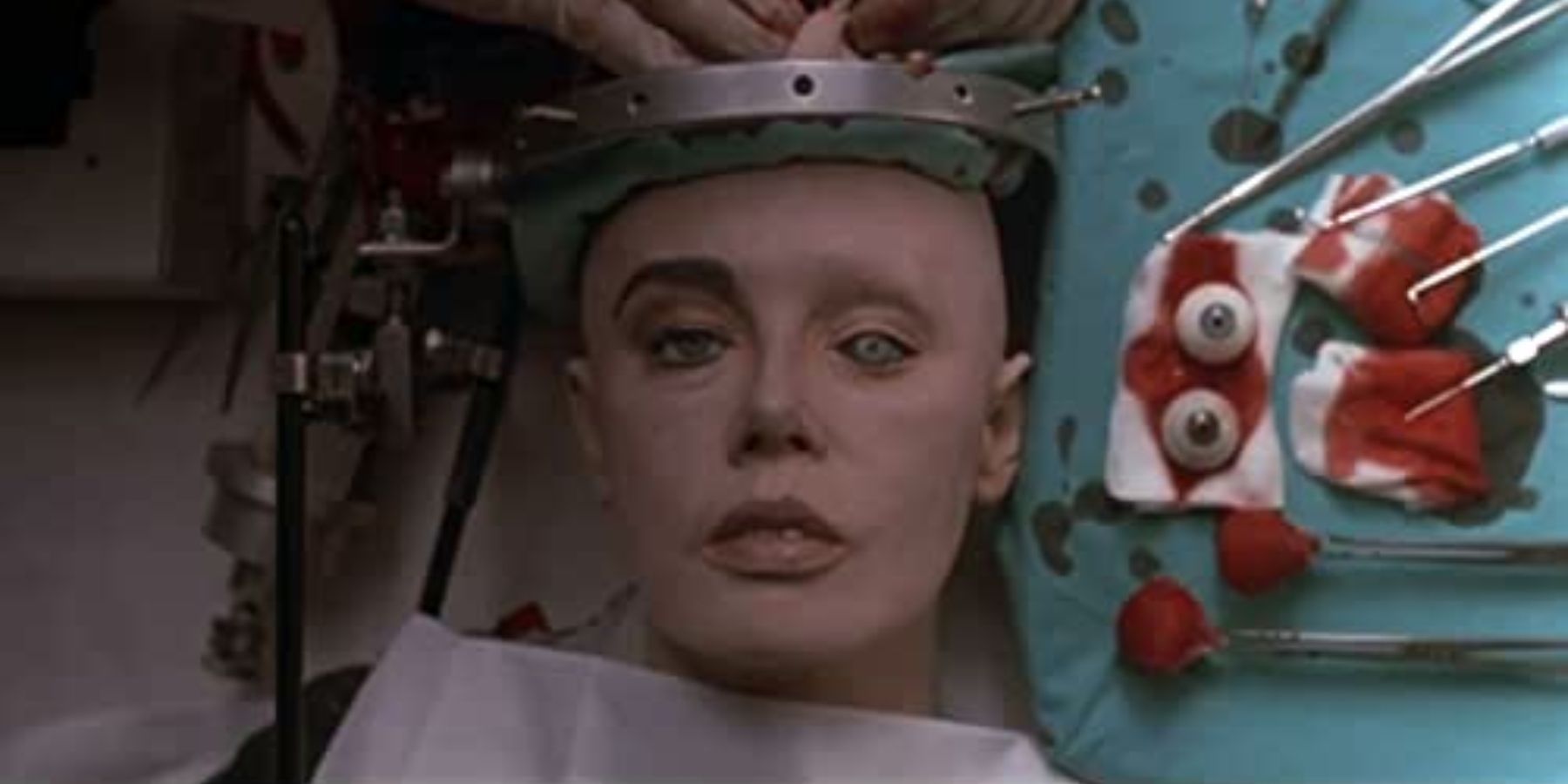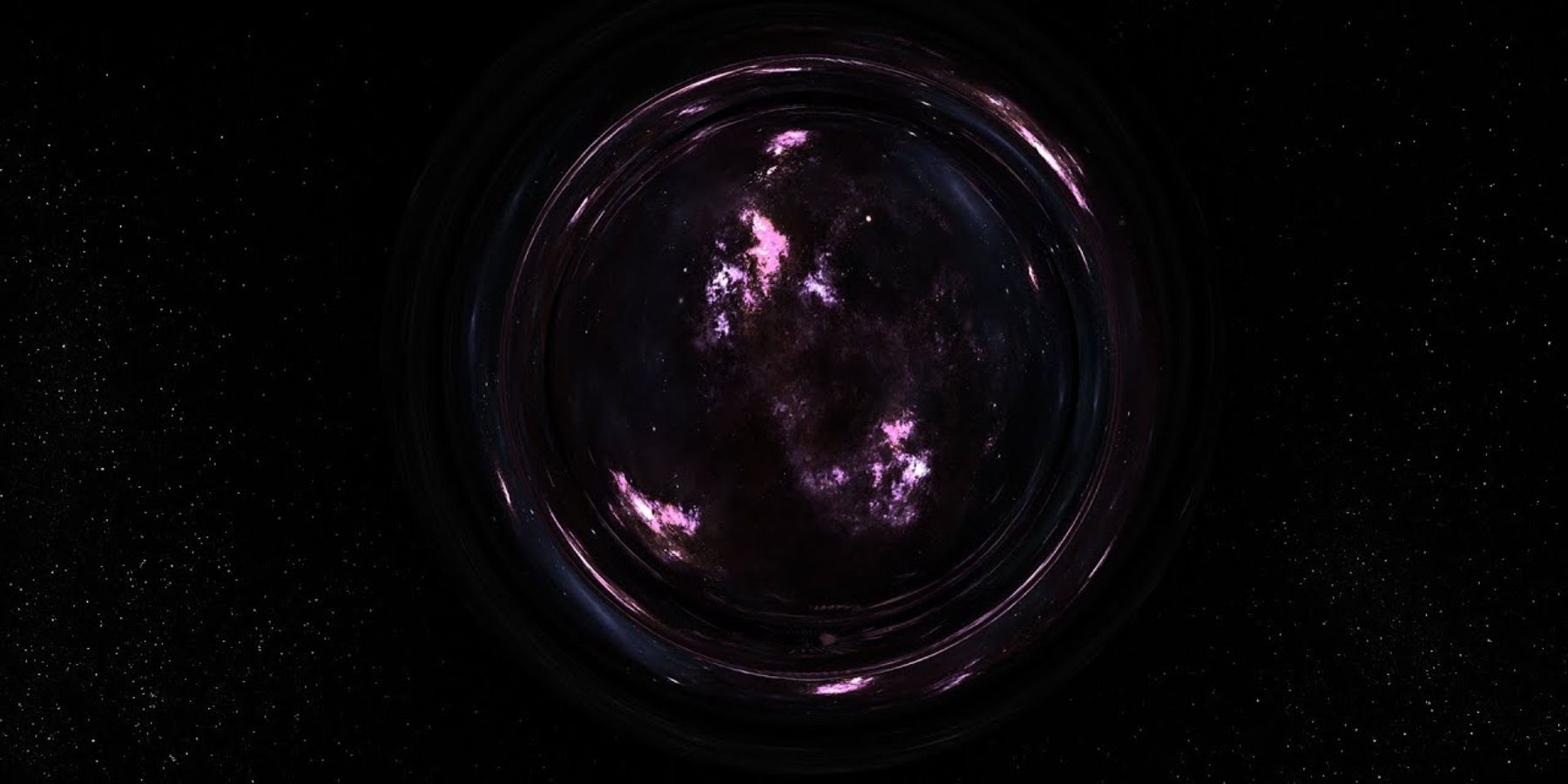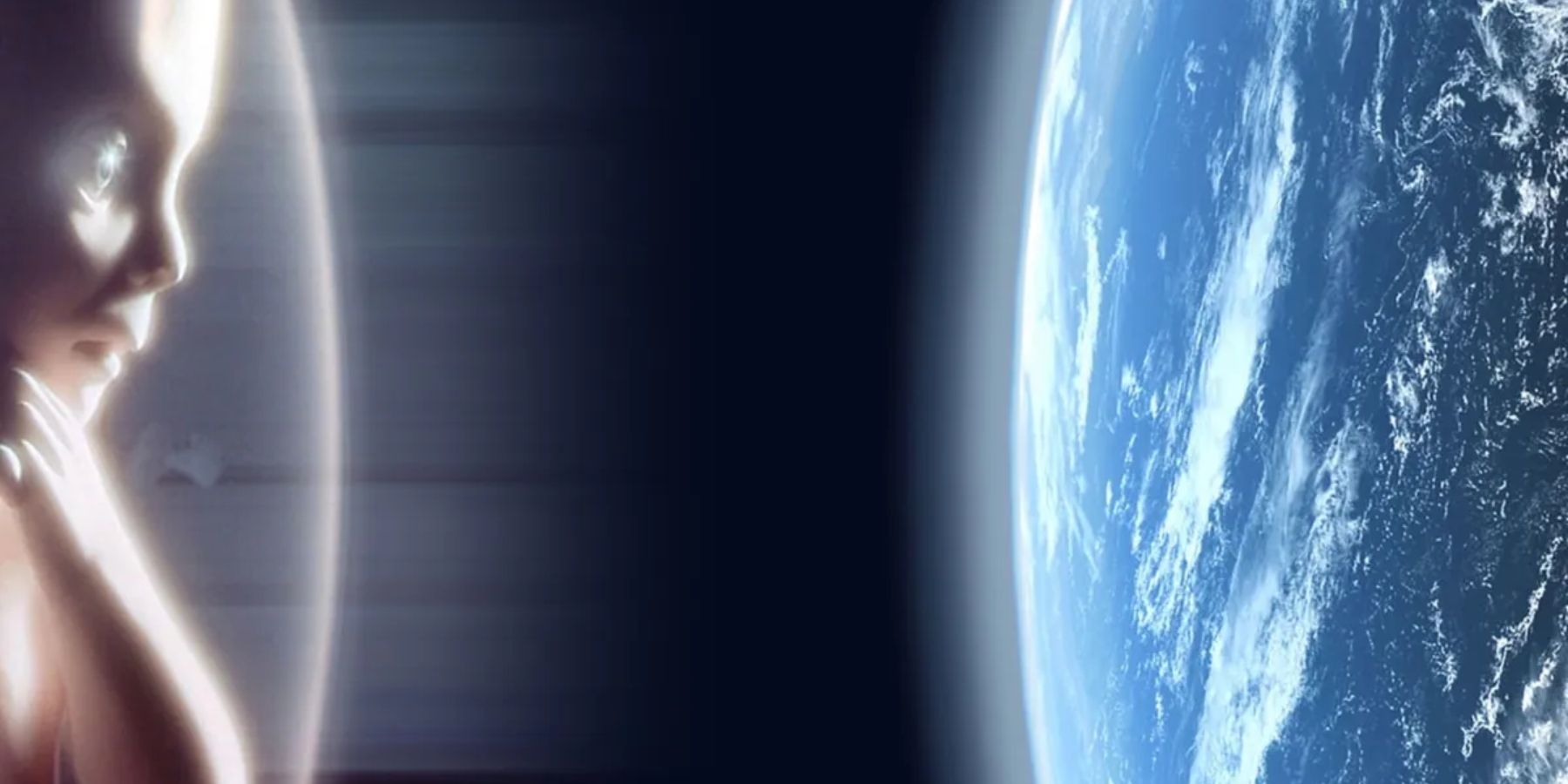While all science fiction set in space is likely to have some overlapping details, purely because of the shared setting, the details that are shared seem to reveal more about humanity than space. These shared details are also what allow the audience to connect to the stories, despite them existing in a setting people are unfamiliar with.
All genres of literature, film, and television are sure to have their share of tropes, especially the more popular they become over time. As we move deeper into a time overwhelmed by electronics, the focus on science fiction is becoming more noticeable and thus, so are its tropes. When it comes to space travel, there are a few in particular that stand out as favorites of the genre.
The tropes tend to either explore humans interacting with space, or humans interacting with technology. This can look like people communicating with other beings from space, having to survive the universe’s harsh environment, having to survive a technological take-over, or having to physically adapt to survive the final frontier.
Space Is Full Of Non-Human Life Forms
The first example, and one of the most obvious, is interacting with extraterrestrial beings. One of the biggest mysteries that humans focus on surrounding space exploration is aliens, and this is evident through science fiction novels, shows, and movies. People wonder what beings might exist out there and whether humans will be able to coexist, or if our modern tendencies to turn to fighting will continue that far into the future. Several stories that take place in space explore the trope of first contact: the first time humans encounter a new life form in space or on Earth. This really became popular in the 1940s, when science fiction novels started to gain momentum.
The alien interaction trope occurs throughout the Star Trek universe, Star Wars universe, and many more. Star Trek, in particular, often portrays moments of first contact. Sometimes, examples these tropes end up revealing that humans have been in contact with aliens for centuries on Earth. These interactions between humans and alien beings sometimes even result in romantic relationships, which is also a sort of trope of its own with how commonly it’s used. Just look at Mr. Spock: a half-human, half-Vulcan.
Made-up alien languages and futuristic technology sounds are another commonly used one, and tie in with both alien life and the technology discussed below. Much like Jurassic Park and other stories that look to the far past, science fiction stories, especially those set in space, must assume what the sounds of space will be like. Most fans recognize that the way that many shows and films approach the sounds of space are very similar, if not the same.
This has been the case for a long time, essentially since science fiction moved to a film medium, though the sounds have evolved slightly. Generally, in situations like this, a sound that has never really been heard before must be used on screen. The first few films or shows that approach the task tend to set the standard for films or shows that follow. Star Wars set the standard for sound effects in space, with its swooshing lightsabers and pew-pew of blasters. Meanwhile, Star Trek's fully-formed Klingon language helps build the alien culture through sound.
Space Travel Means Technological Leaps
Robots or advanced technology often play a key role or character in stories that take place in space. In many science fiction tales, a robot, cyborg, or some sort of advanced artificial intelligence either play a role in the plot of the story or function as a character in the story. This trope is essentially just indicative of time, genre, and world building, or can be used to make a statement about humanity’s relationship with technology. This concept actually first appeared in an 1872 novel, called Erewhon. In most instances where this detail is present, human technology has advanced to the point of existing in space for long periods of time through depending on space travel technology. It only seems logical that humans would have also made advancements in A.I. if they are able to live in space.
Another technological trope is the use of humans frozen in time, or Cryonics. This is perhaps science fiction’s easiest way to connect humans who lived on Earth to humans that now live in space. Humans can only assume that it will take a period of transitional time to adapt people to living fully in space, so a method that allowed them to not be affected by time while that transition took place, seems to make sense. Though there are many early historical uses of suspended animation to excel the plot, like Sleeping Beauty, the most common early notes of it in science fiction can be credited to authors like Mary Shelley, Edgar Allan Poe, Jack London, and a few others.
Naturally, with all this reliance on new technology, the troubles that arise with it are another common space trope. Ship problems, motherboard takeovers, damaged weapons, etc. are commonplace in space stories. These technological issues usually cause panic among the crew, and force them to work together to solve the issue. While humanity can’t know for sure what difficulties they’ll run into while existing in space, our relationship with technology thus far makes it a pretty safe bet that these are issues humans would likely experience in space. It’s hard to know exactly who to credit for this trope, given that stories examining people’s relationship with technology have existed as long as technology has.
Warp drive or space warp is another type of technology often seen used as a story element in space-based tales, and it is the ability for ships and other vessels to use warp speed. While this is a trope that is based on a real theoretical solution, it is almost completely fictionalized in the instances most people are familiar with, and was first used in Star Trek. The imaginary gravity trope falls in a similar category. While this is something that most space shows and films must nod to in order to explain the lack of gravity acting on the cast, the means in which they explain it often vary. Some of the most notable early examples of this can be seen in Star Trek and 2001: A Space Odyssey.
While traveling through space, being sucked into wormholes is a common occurrence in any form of science fiction. The earliest use of wormholes as a device to drive a story’s plot is a 1930s novel, though many books, shows, and movies have used it since. Perhaps what makes this such a popular trope is the fact that it is based on something humans know to be true about space. Because people are conscious of wormholes and their capability, they are a clear point of curiosity for humanity that can only realistically be explored further through imagination, for the time being.
Why These Tropes Endure
While what made each of these tropes so popular and commonly used was its ability to set a standard in literary or filmed fiction, their inspiration stems from the same type of source. Many of these tropes began with an individual book, series, or film that set the example for others to follow, but all of them were somehow inspired by human behavior and understanding. One thing that nearly all science fiction has in common is that it symbolizes the future of humanity.
Though a list of common space tropes could go on for much longer, these are among the most popular, and they all seem to reflect the same thing: humanity. The writers that create these stories set in a world they have no solid understanding of, and must plug in the resources they do have access to: the world around them. As a result, most science fiction stories revolve around human interaction with the setting of space.
Because space is unfamiliar, it is often represented as threatening, but this is what allows the human characters to persevere. That in turn is what inspires the audience that’s drawn to science fiction. The further humanity moves into the future and the tougher times seem to get, it’s likely that audiences will continue to see these tropes of human perseverance in a universe of uncertainty for years to come.

